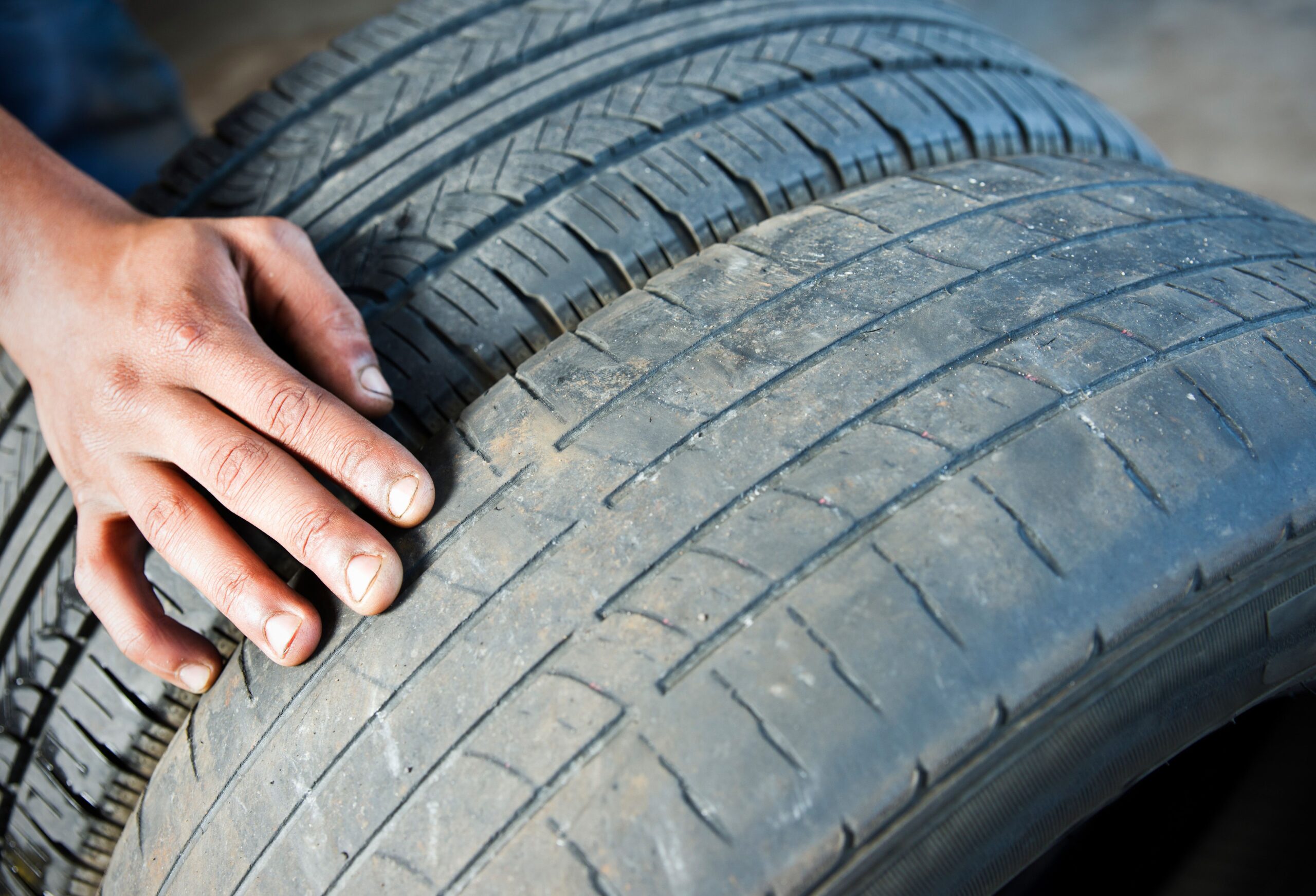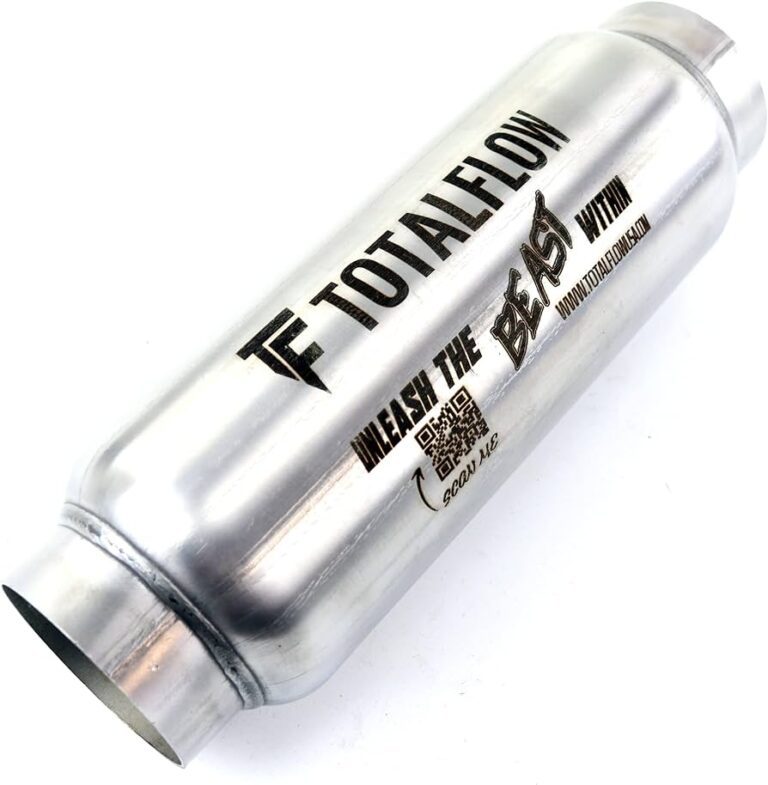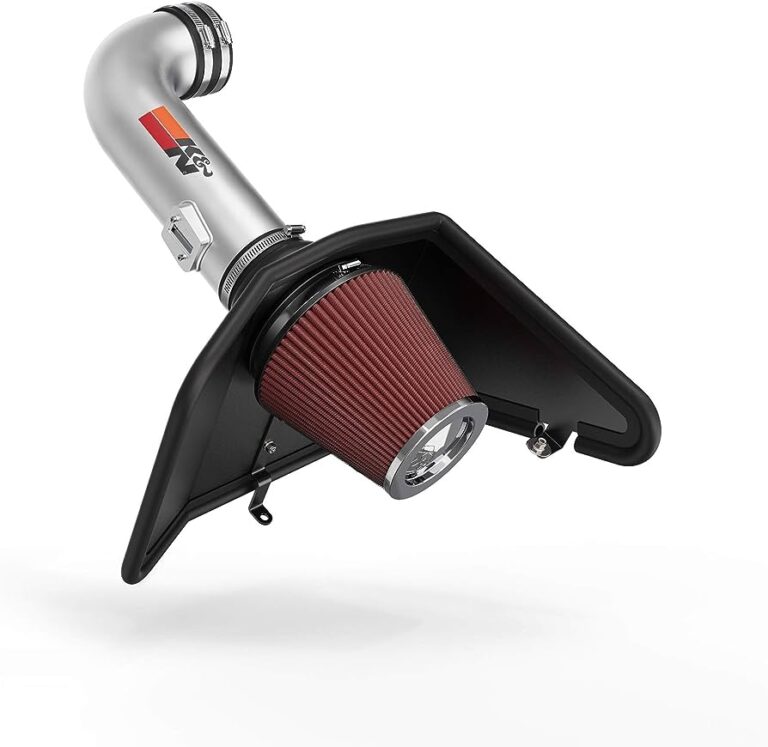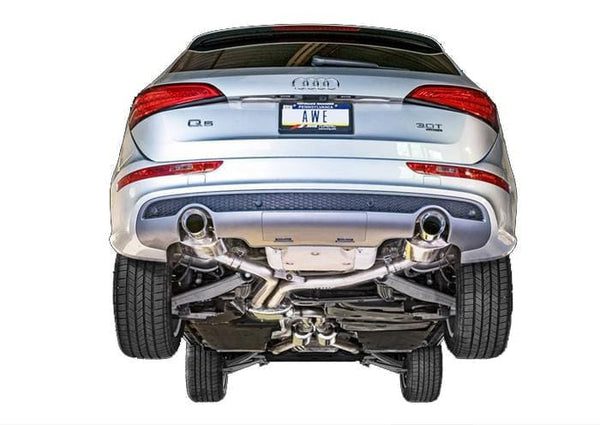How Low is Too Low? Tire Pressure Guide
Tire pressure that is too low can be dangerous for your vehicle’s performance and safety. It is important to maintain the recommended tire pressure to prevent issues such as poor handling, increased fuel consumption, and potential tire damage.
When tire pressure is below the manufacturer’s specified range, it can result in reduced traction and control, uneven wear, and an increased risk of blowouts. Furthermore, low tire pressure can negatively impact braking distance and can be particularly risky in wet or icy conditions.
Regularly checking and maintaining proper tire pressure is essential to ensure optimal performance and safety while driving.
Understanding Optimal Tire Pressure
Optimal tire pressure is an essential factor for ensuring safe and efficient driving. Maintaining the correct tire pressure not only improves fuel efficiency but also enhances overall vehicle performance. Various factors influence tire pressure, including temperature changes, load capacity, tire size, and manufacturer recommendations. Deviating from the recommended tire pressure can have severe consequences. Under-inflated tires lead to increased rolling resistance, decreased stability, and reduced tread life. On the other hand, over-inflated tires result in reduced traction, uneven wear, and a harsher ride. It is crucial to regularly check and adjust tire pressure, following the manufacturer’s guidelines. Additionally, temperature fluctuations can affect tire pressure, as tire air expands in warm weather and contracts in cold weather. To ensure optimal tire performance and maximize safety, it is essential to maintain the recommended tire pressure consistently.
Determining The Right Tire Pressure
Knowing the right tire pressure for your vehicle is crucial for optimal performance and safety. Recommended tire pressure guidelines can vary depending on the type of vehicle and the specific tire model. Properly inflated tires help to ensure even tread wear, enhance traction, and improve fuel efficiency.
Checking tire pressure regularly is essential to maintain the correct pressure. You can use a tire pressure gauge to measure the current pressure. It is important to check the pressure when the tires are cold, as heat generated from driving can cause the pressure to rise. The recommended tire pressure can usually be found in the owner’s manual or on a label located on the driver’s side door jamb.
Underinflated tires can result in poor handling, reduced fuel efficiency, and increased risk of tire damage or blowout. On the other hand, overinflated tires can lead to a harsher ride, decreased traction, and uneven tread wear. It is important to find the right balance and ensure the tire pressure is neither too low nor too high for your vehicle.
Regularly checking and maintaining the proper tire pressure can help prolong the life of your tires, improve your vehicle’s performance, and enhance your safety on the road.
How Low Is Too Low?
The tire pressure in your vehicle is an essential factor that affects your safety and the performance of your vehicle. But how low is too low when it comes to tire pressure? Well, driving with underinflated tires can have negative effects on multiple fronts.
Firstly, underinflated tires can lead to increased wear and tear, reducing their lifespan significantly. The lack of proper pressure causes the tire to flex more, generating excessive heat and causing the tire to wear unevenly.
Secondly, driving with low tire pressure can also have an impact on your fuel efficiency. Underinflated tires create more rolling resistance, requiring the engine to work harder and burn more fuel to maintain the same speed.
Lastly, one of the most significant concerns with underinflated tires is the increased risk of blowouts. As the tire sidewalls become more flexible, they are more prone to damage from potholes, sharp objects, or even sudden impacts.
Therefore, it is important to regularly check and maintain the recommended tire pressure for your vehicle to ensure safety, optimize fuel efficiency, and maximize the lifespan of your tires.
Impact Of Overinflated Tires
Overinflated tires can have a significant impact on both vehicle performance and safety. When tire pressure surpasses the recommended levels, there is an increased risk of tire damage and blowouts. Excessive pressure causes the tire’s sidewalls to become excessively stiff, leading to uneven wear and decreased durability. In addition, overinflated tires also compromise handling and reduce traction on the road, particularly in wet or icy conditions. The reduced contact area between the tire and the road surface can result in a decrease in grip, which can negatively affect braking and steering. Adequate tire pressure is essential for maintaining optimal tire performance, fuel efficiency, and overall driving safety. Therefore, it is crucial to regularly check and maintain tire pressure within the manufacturer’s recommended range to ensure a safe and smooth driving experience.
Maintaining Tire Pressure
Proper tire pressure is crucial for maintaining safety and optimal performance for your vehicle. Regular tire pressure checks and adjustments are necessary to ensure that your tires are not overinflated or underinflated. Monitoring tire pressure with digital gauges can accurately measure the pressure and provide precise readings.
When tire pressure is too low, it can lead to reduced fuel efficiency, increased tire wear, and decreased handling and braking capabilities. Underinflated tires also have a higher risk of overheating and can potentially result in tire blowouts. On the other hand, overinflated tires can lead to a harsh ride, decreased traction, and uneven tire wear.
By maintaining the recommended tire pressure specified by the vehicle manufacturer, you can extend the life of your tires, improve fuel mileage, and ensure safer driving conditions. Remember to check your tire pressure regularly and make adjustments as needed to keep your tires properly inflated at all times.
Recommended Tire Pressure For Different Vehicles
Recommended Tire Pressure for Different Vehicles:
Understanding tire pressure specifications for cars, SUVs, and motorcycles is crucial for maintaining optimal performance and safety. Each vehicle category has specific requirements depending on the type of vehicle and the load it carries.
Adjusting tire pressure for various load conditions is essential. Overinflated or underinflated tires can lead to uneven wear, poor handling, and reduced fuel efficiency. To determine the correct tire pressure, refer to your vehicle’s owner manual or the tire placard located on the driver’s side door jamb or inside the fuel filler flap.
In general, cars typically recommend tire pressures around 30 to 35 psi (pounds per square inch), while SUVs may vary from 30 to 40 psi. Motorcycles, on the other hand, often require higher tire pressures ranging from 35 to 42 psi.
| Vehicle | Recommended Tire Pressure (psi) |
|---|---|
| Cars | 30-35 |
| SUVs | 30-40 |
| Motorcycles | 35-42 |
Remember, these are general recommendations, and it’s important to consult your vehicle’s specifications for accurate tire pressure guidelines. Regularly checking and maintaining proper tire pressure helps to ensure a smooth and safe driving experience.
Optimizing Tire Pressure For Weather Conditions
Tire pressure is a critical factor in ensuring optimal vehicle performance and safety. Understanding the impact of weather conditions on tire pressure is essential for maintaining and optimizing tire performance. Temperature fluctuations can significantly affect tire pressure, causing it to be either too high or too low.
When the temperature drops, the air inside the tires contracts, leading to a decrease in tire pressure. This can result in several issues such as reduced traction, decreased fuel efficiency, and even increased wear on the tires. On the other hand, hot weather can cause the air inside the tires to expand, increasing the tire pressure beyond the recommended levels.
It is crucial to consider the specific weather conditions when evaluating tire pressure requirements. Manufacturers’ recommendations should be followed as they take into account the average climate conditions and provide the appropriate tire pressure guidelines for different temperatures.
Regularly monitoring tire pressure levels using a tire pressure gauge is an effective way to ensure optimal performance and safety. Adjusting tire pressure based on weather conditions is necessary to maintain the recommended levels and prevent potential problems. By doing so, you can enjoy better fuel efficiency, improved handling, and extended tire life.

Credit: www.way.com
Ensuring Safety And Performance
Proper tire pressure is crucial for ensuring vehicle safety and optimal performance. Maintaining the right tire pressure not only enhances vehicle handling but also improves fuel efficiency and extends tire lifespan. Low tire pressure can lead to increased rolling resistance, causing excessive wear and tear, reduced traction, and compromised braking ability. On the other hand, overinflated tires can lead to a harsher ride, reduced grip, and increased risk of tire blowouts. It is important to regularly check tire pressure and inflate them to the manufacturer’s recommended levels. The ideal tire pressure can be found in the owner’s manual or on the sticker located on the driver’s side door jamb. Remember that tire pressure can decrease with changes in temperature, so it is essential to monitor and adjust accordingly. By prioritizing proper tire pressure, drivers can significantly enhance their safety on the road and optimize their vehicle’s performance.
Frequently Asked Questions For How Low Is To Low For Tire Pressure
Is 27 Too Low For Tire Pressure?
No, 27 is not too low for tire pressure. However, it is important to check the manufacturer’s recommended tire pressure for your specific vehicle to ensure optimal performance and safety.
Is It Ok To Drive With Low Tire Pressure?
No, it is not safe to drive with low tire pressure. Low tire pressure can affect handling, braking, and tire wear. It increases the risk of blowouts and reduces fuel efficiency. Regularly check and maintain the recommended tire pressure for optimal safety and performance.
What Is An Unsafe Tire Pressure?
An unsafe tire pressure is when the pressure is either too high or too low, causing potential hazards. It can lead to poor handling, reduced traction, and increased risk of blowouts or accidents. Regularly check and maintain the recommended tire pressure to ensure your safety on the road.
Should I Ignore Low Tire Pressure?
Ignoring low tire pressure can lead to serious consequences. It can affect your vehicle’s performance, fuel efficiency, and safety. Maintaining proper tire pressure is crucial for optimal driving conditions. Regularly check and inflate your tires to the recommended pressure level to ensure a smooth and safe ride.
Conclusion
Maintaining proper tire pressure is crucial for vehicle safety and performance. It not only affects fuel efficiency but also impacts tire wear and handling. While there is no one-size-fits-all answer to how low is too low for tire pressure, it is recommended to adhere to the manufacturer’s specifications.
Regularly checking and maintaining tire pressure within the recommended range will enhance driving experience and minimize the risk of accidents on the road. Remember, safety starts with the right tire pressure.








